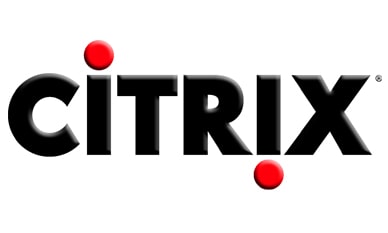
Module 1: XenServer Architecture
- Describing the XenServer virtualization platform
- Product editions and entitlements
- XenServer architecture
- XenServer key components
Module 2: Managing Virtual Machines
- Virtualization techniques
- XenTools
- Creating virtual machines
- Managing virtual machines
- Understanding vApps
- Managing snapshots
Module 3: Installing XenServer
- Hardware requirements
- Licensing
- Available installation methods
- XenServer supplemental packs
Module 4: Managing a XenServer Environment
- Deploying hotfixes
- Upgrading XenServer
- Upgrading XenTools
- Monitoring and alerting
- Pool metadata backups
Module 5: Resource Pools
- Understanding resource pools
- XenServer pool master
- Pool master election
- Workload balancing
Module 6: Networking
- XenServer networking architecture
- Virtual network types
- Network interface bonds
- XenServer physical connectivity
Module 7: Storage
- XenServer storage architecture
- Understanding thick and thin provisioning
- Storage locations
- File based and block based storage
- Storage multipathing
- XenServer Intellicache
- XenServer in-memory read caching
Module 8: High Availability
- Purpose of high availability
- High availability recommendations
- Detecting a host failure
- High availability recovery process
Module 9: Security
- Integrating with Active Directory
- Understanding role-based access
- Minimizing the attack surface
- Certificates and SSL with XenServer
Module 10: Sizing and Optimizations
- Dom0 sizing
- Dom0 in-memory reach caching
- Virtual CPU optimization
- Device pass-through
- Dynamic memory control
- Resource scheduling
- Network QoS
- Disk prioritization
Module 11: Troubleshooting
- XenServer maintenance mode
- Host logs and event notifications
- Xsconsole
- XenTop
- Command line and PowerShell commands
- Using Citrix Insight Services
- Network tracing
This course is designed for IT professionals, systems engineers, administrators, and Citrix partners, who need to know how to design, deploy, manage, and support a XenServer enterprise solution. XenApp/XenDesktop administrators who want to learn how to optimize XenDesktop/XenApp performance or how to troubleshoot issues as well as datacenter administrators who are using XenServer for running many different types of virtual machines will benefit from this class.
Citrix recommends students prepare for this course by gaining a basic understanding of the following concepts and technologies:
- A basic overall knowledge of virtualization technology
- An understanding of computing architecture, including network and storage devices, device drivers and operating systems
- Basic knowledge of network devices and site architecture, including configuring VLANs
- Basic knowledge of storage terminology and technologies, including partitions, SANs, LUNs, iSCSI, NFS, and CIFS file shares
In this course, students will learn the skills necessary to configure and administer a XenServer 6.5 SP1 environment, including topics such as:
- Understanding XenServer architecture, features, editions and entitlements
- Creating and Managing Virtual Machines
- Installing and Configuring XenServer
- Managing the XenServer Environment
- Configuring Resource Pools
- Configuring High Availability / Disaster Recovery
- Creating and Managing Networks
- Configuring Storage
- Configuring Security
- Understanding Sizing and Design Impact
- Troubleshooting the XenServer Environment
